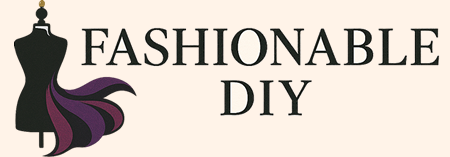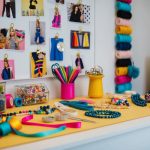The Ultimate DIY Guide to Making Your Own Fashion Patterns: Simple Steps to Get Started
Creating Patterns for Different Body Types
Creating sewing patterns tailored to different body types ensures that everyone can enjoy custom-made clothing that fits perfectly. We’ll focus on strategies for plus sizes and adaptive clothing patterns, which address specific needs and measurements.
Design Strategies for Plus Sizes
When designing patterns for plus sizes, it’s important to take accurate body measurements. Plus-size bodies often have more curves, so patterns must account for areas such as the bust, waist, and hips.
We should use designs that provide ease and comfort. This might include adding extra seam allowances and considering pattern grading, which allows the pattern to be scaled up or down efficiently.
We should also focus on creating garments with strategic lines and shapes. Vertical lines can elongate the body, and wrap styles offer flexibility. Always ensure that the fabric chosen has appropriate stretch and recovery to maintain the garment’s shape.
Adaptive Clothing Patterns
Adaptive clothing patterns are designed for individuals with mobility challenges or disabilities. We must consider accessibility and ease of dressing when creating these patterns. Features like Velcro closures, magnetic buttons, and elastic waistbands can significantly enhance functionality.
Accurate body measurements are crucial to ensure proper fit and comfort. We should also pay attention to where seams and fastenings are placed to prevent discomfort or friction.
Designing adaptive clothing often involves alterations to traditional patterns, like adding openings for medical ports or room for braces. Comfort and independence are priorities, so materials and finishes should reduce irritation and offer ease of movement.
These thoughtful design strategies help create garments that are not only stylish but also functional and inclusive for different needs.
Testing and Finalizing Your Patterns
Testing and finalizing our patterns ensures that the garment fits well and meets our expectations. It involves careful measurement, creating a mock-up, and adjusting as needed to ensure precision and comfort.
The Role of Testing in Pattern Making
Testing the pattern begins with creating a mock-up of the design using inexpensive fabric. This step allows us to see how the garment will look and fit without sacrificing quality material. By doing this, we can identify any flaws or areas that need adjustment.
We should pay special attention to seam allowances during this phase. Ensuring these are correct will save us trouble later when sewing the final garment. Checking the fit, comfort, and overall appearance of the mock-up is vital.
Using mock-ups is a cost-effective way to avoid wasting expensive fabric and time. If adjustments are needed, we can make them to the pattern and test again until satisfied.
Tips for Final Pattern Refinement
Once the initial testing phase is complete, it’s time to refine the pattern. We should make any necessary adjustments based on the mock-up, such as altering seam allowances for a better fit. Precision is key here, as even minor tweaks can significantly impact the final outcome.
We may also want to consider factors like fabric choice and how it affects the fit. Different fabrics can behave differently, so it’s important to consider this during the refining process.
Finalizing the pattern involves ensuring that all pieces fit together perfectly. We can double-check measurements and seam allowances to ensure consistency. This attention to detail will help us achieve a professionally finished garment.
By carefully refining and testing our patterns, we can create garments that not only fit well but look exactly as we envisioned.



